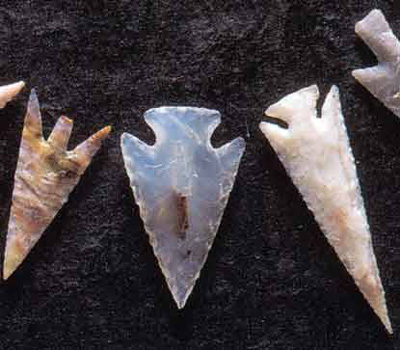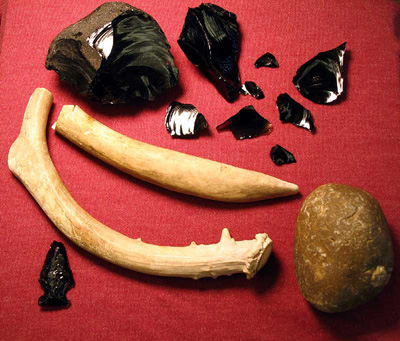Master the art of flint knapping and learn a vital survival skill that has been used for thousands of years.
The Importance of Making Your Own Arrowheads
Learning how to make your own arrowheads is a valuable survival skill that allowed our ancestors to hunt game for millennia. Known as flint knapping, this technique enables you to craft arrowheads from natural materials readily available in the wilderness. Unlike modern tools, flint knapping doesn’t require knives or fire and provides a durable, reusable arrowhead.

The Flint Knapping Process
Creating arrowheads involves three essential steps:
- Breaking open the source rock (the core).
- Striking flakes of rock off the core.
- Shaping the flakes into arrowheads.
Step 1: Selecting the Source Rock
Finding the right rock is critical. Ideal rocks are brittle, fine-grained, and free from seams or fractures. Examples include flint, chert, chalcedony, and quartzite.
Test a rock by tapping it with another hard rock. High-pitched ringing sounds indicate suitability. Strike the rock to see if flakes break off. In the absence of suitable rocks, glass, porcelain, or even the base of a beer bottle can substitute.

Step 2: Breaking Off Flakes
Use a hammer stone, which should be harder than the source rock, to strike off flakes. Hold the source rock against your thigh or a firm surface, then strike controlled blows at acute angles. Aim to create about a dozen good flakes for shaping.
Step 3: Shaping Arrowheads
A pressure flaking tool, such as an antler or a copper-tipped stick, is ideal for shaping flakes. Apply pressure to the edge of a flake to chip away small pieces, creating a triangular shape. Work around the arrowhead, alternating sides for symmetry.
Step 4: Notching the Arrowhead
Notches at the base allow the arrowhead to be securely tied to a shaft. Use pressure flaking and abrading techniques to carve out these gaps.













